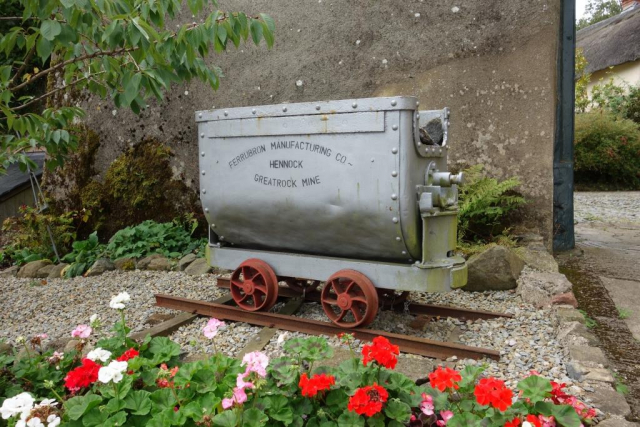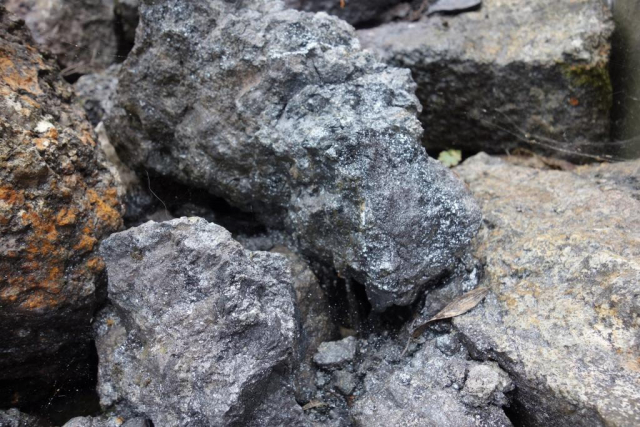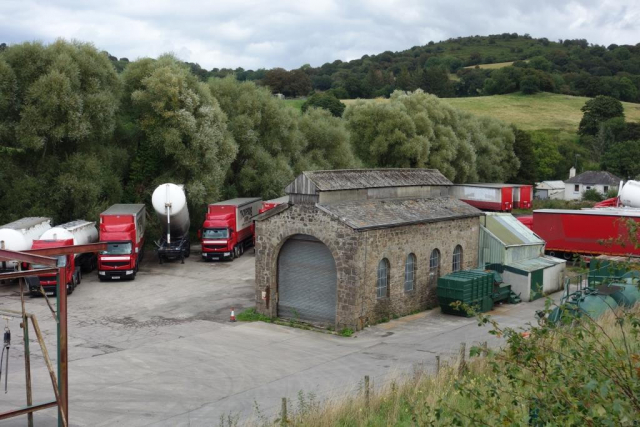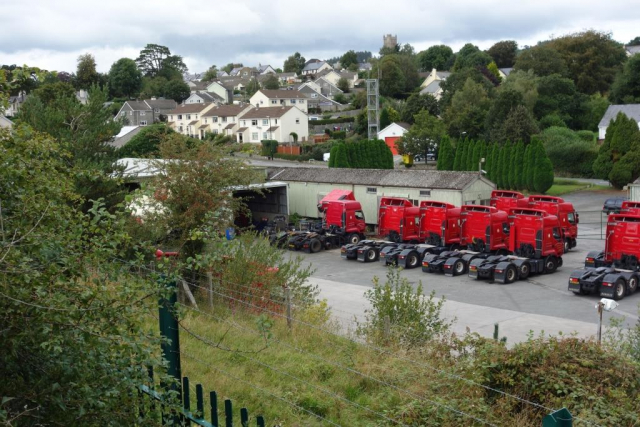On Saturday 7th September 2019 the scout had a ride around his own back yard, East Dartmoor.
Hennock, perched on the high ground between the two valleys, was home to Great Rock Mine. Its closure in 1969 marked the end of metalliferous mining in Devon. The scout’s pal, Bob Le Marchant, came upon it still working when he was a lad and never forgot the experience. He eventually graduated from the Camborne School of Mines.
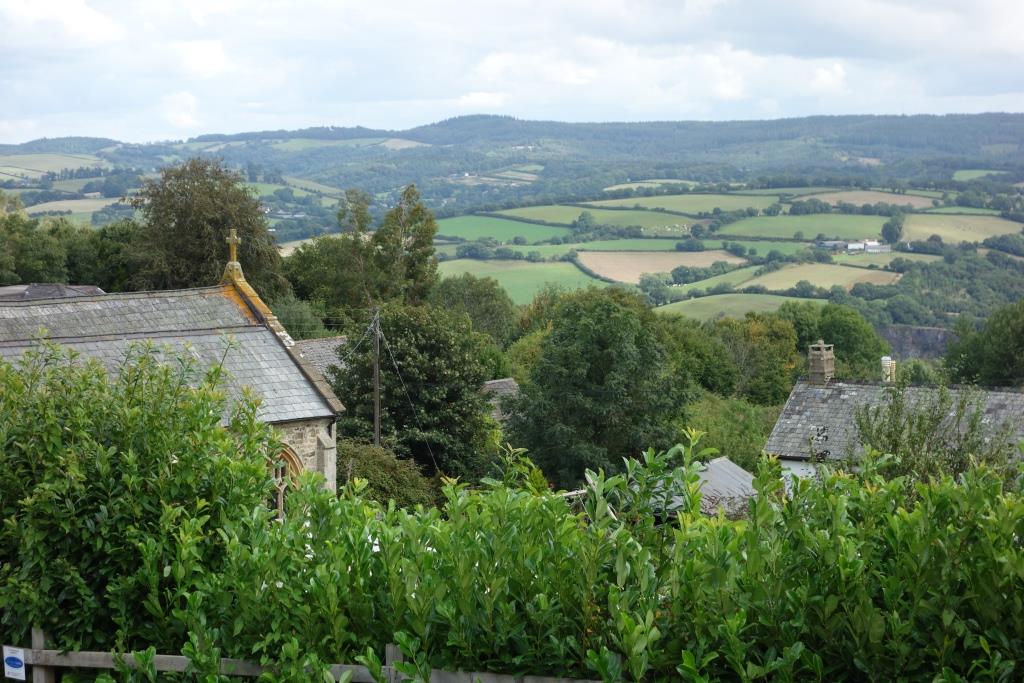
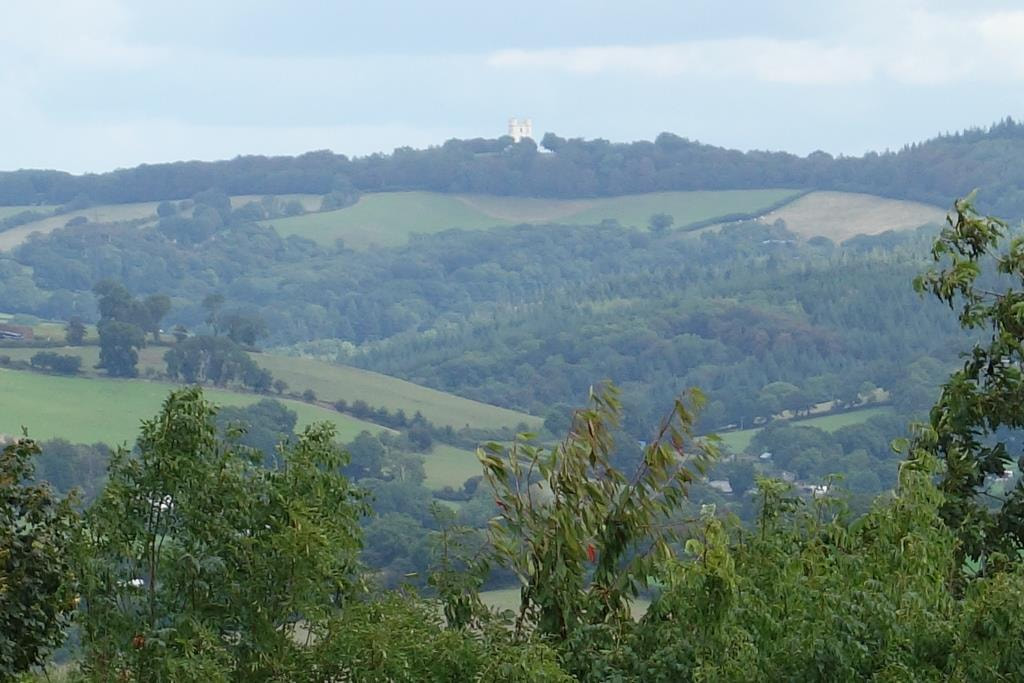
Dropping into Bovey, the scout picked up the Moretonhampstead Branch at this bridge.
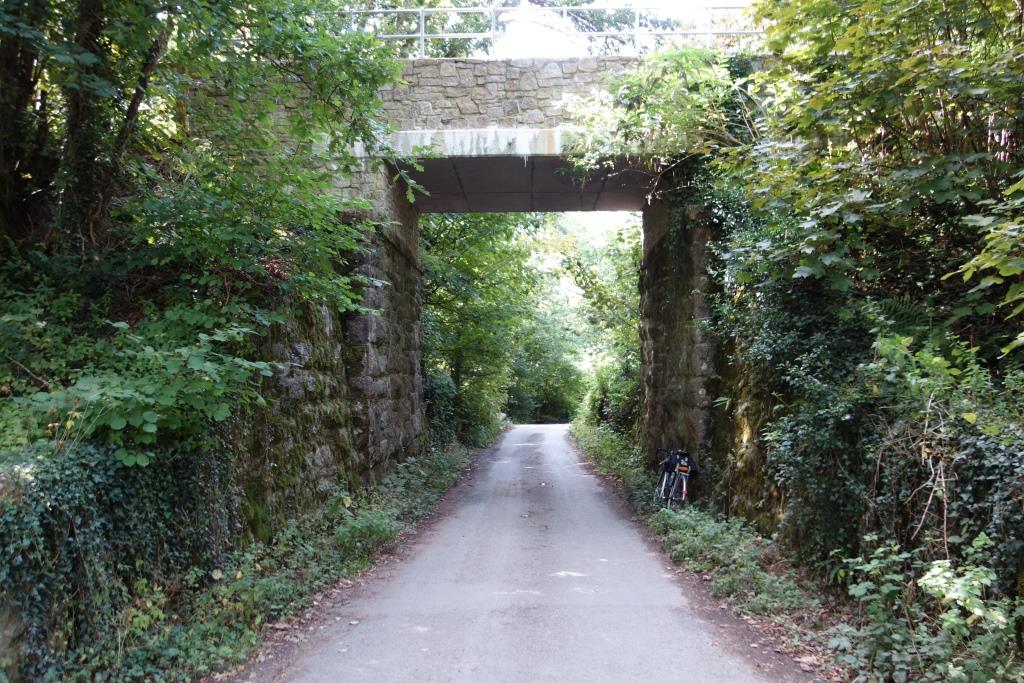
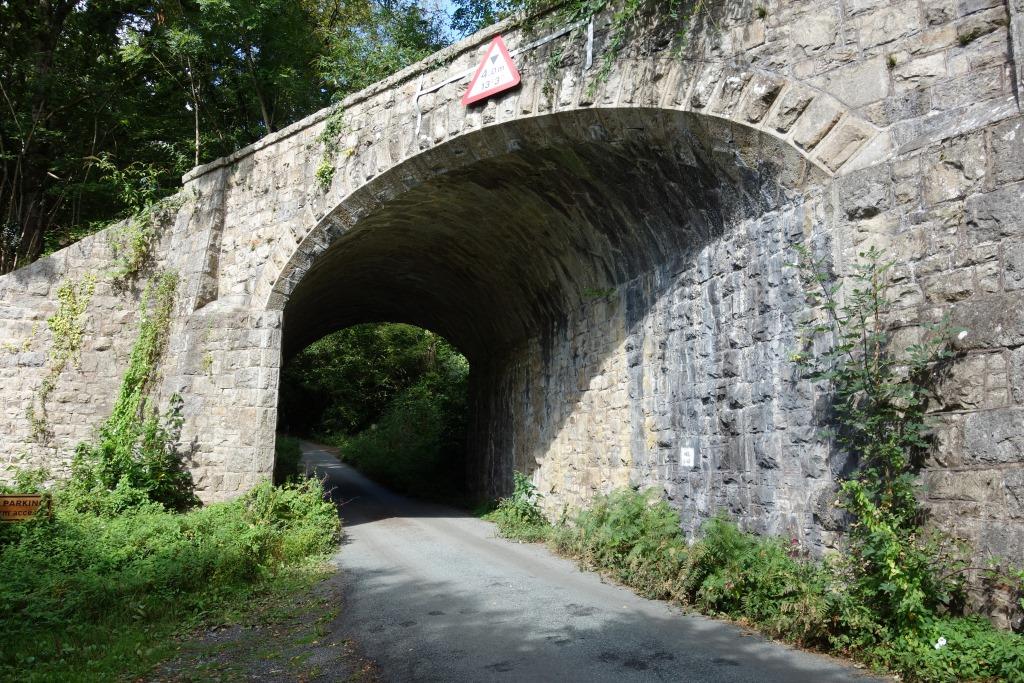
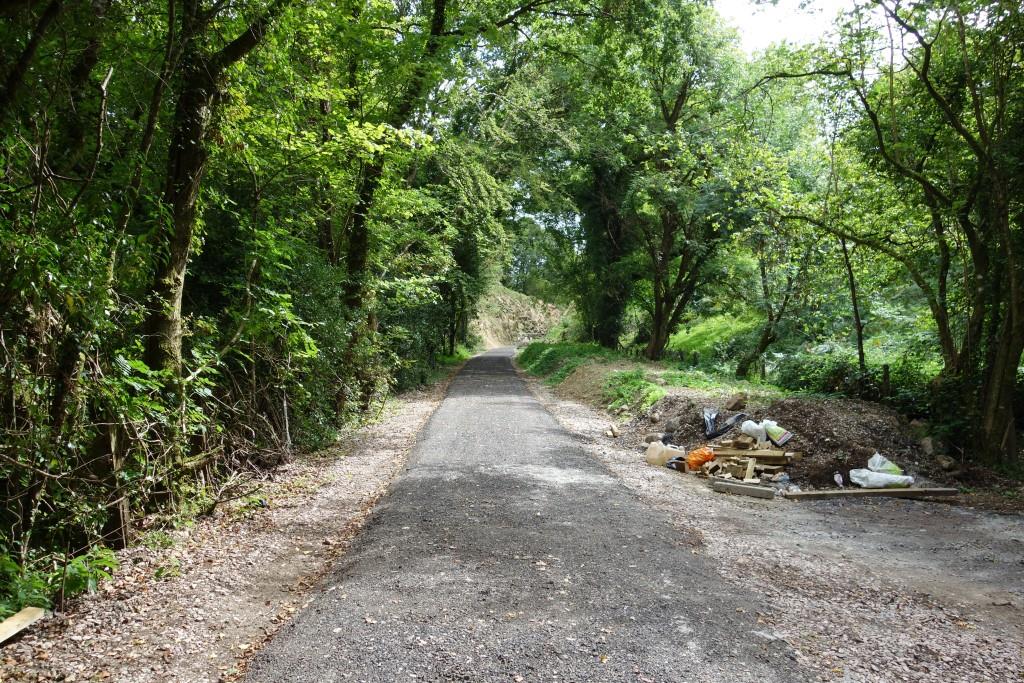
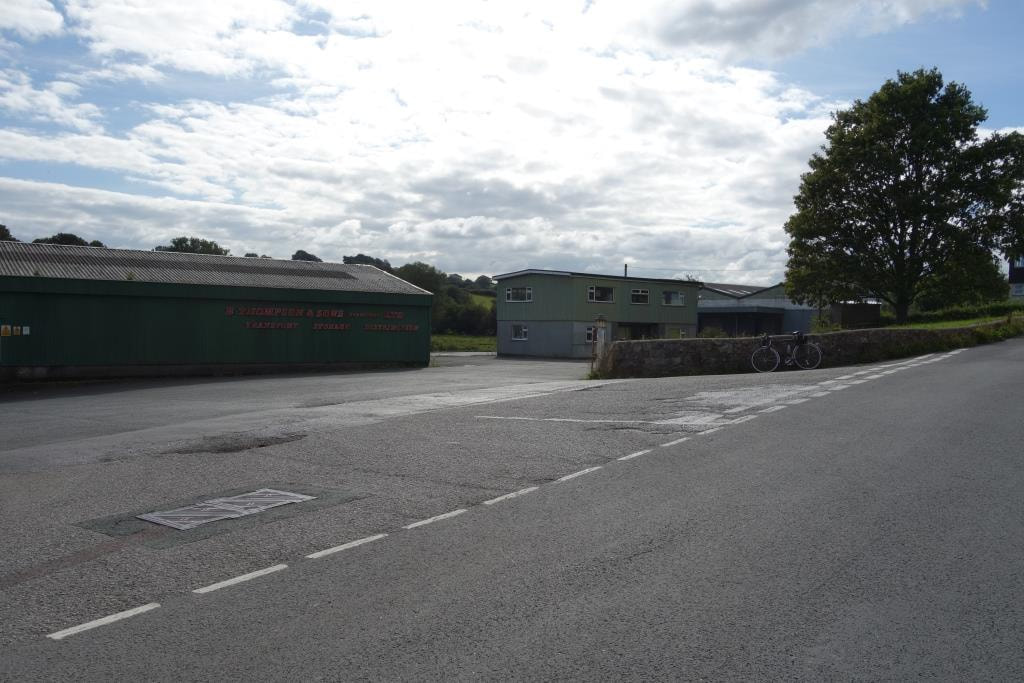
The cyclist at the next table in Central Cafe was served ham, egg and chips, but the scout was going to have ribeye, mushrooms, peas and chips for dinner and so settled for a sandwich.
Afterwards, he visited the Moretonhampstead Motor Museum. He hates the wretched things but is interested in how cars are put together.
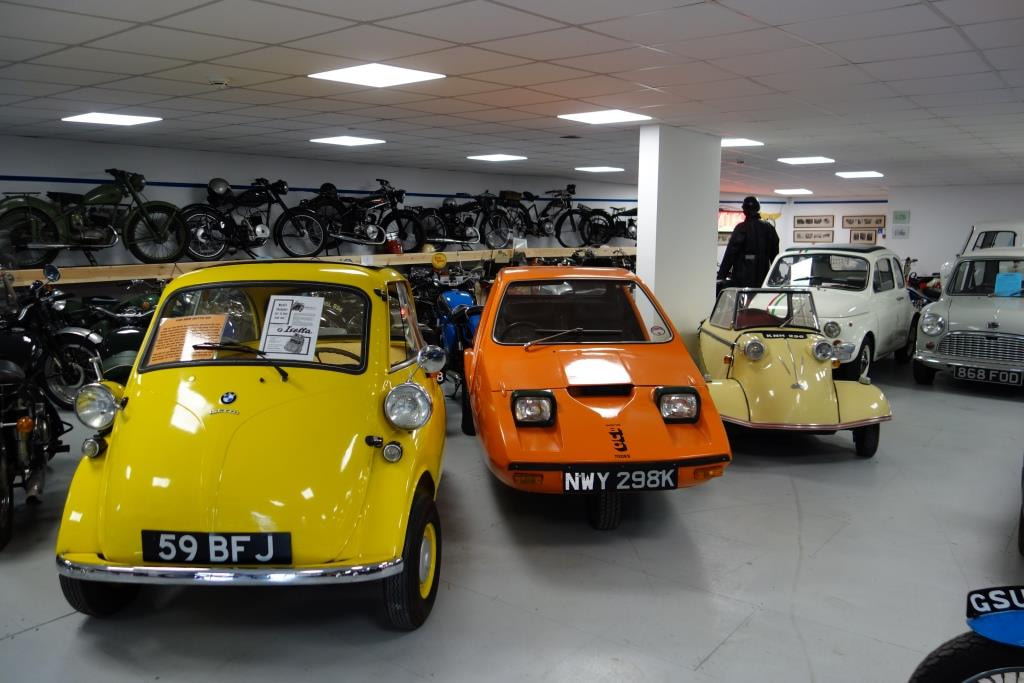
The photo above was taken for the benefit of the C.R.S. Webmaster, who it was thought once owned a vehicle like the one at centre. Keith Jenkin responded:
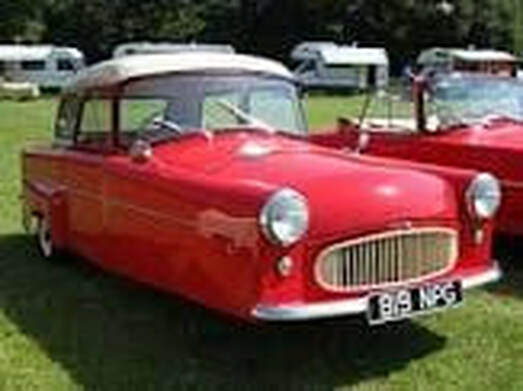
This is not a motoring website, however I think it best to put it on record that we did own a Bond Minicar but not the exclusive model which I believe the one above is. Ours was a Bond Minicar Mark F, rather like the one at right. Our registration was SCT44 and we used to call it ‘Super Climbing Tricycle’. Top speed was of the order of 40 MPH or 55 coasting out of gear down a steep hill! We had it from 1960 to 1965 covering around about 50,000 miles. The engine was a Villiers 250cc. The brakes, rod and cable operated were very poor pulling to one side or the other depending on the load. The front wheel and the engine pivoted under the bonnet and turned through ninety degrees either way – thus the Bond could turn within the width of a narrow road. The front wheel drive was handy in snowy conditions – it often got me to work through blizzards. If a snow drift stopped one -it was possible to clear the drift by a sweeping motion! It often got me to work when other cars failed. There was no heater, through a paraffin sump heater left on all day and night kept the windscreen clear of ice and heated the underside of ones legs!! The run from Peterborough to Cornwall took 13 hours minimum. I understand that one of these completed the Monte-Carlo rally – I don’t think it won!!
The Motor Museum is housed in the former Devon General bus garage. The Great Western brought motor buses to the town in 1906 to replace the horse-drawn service between there and Chagford. The L. & S.W.R. later ran an Exeter (Queen Street) to Chagford service. In 1912, a G.W. summer service to Princetown began.
Devon Motor Transport Ltd. began running services in the area in 1919 and its Exeter to Moreton route was taken over by Devon General Omnibus & Touring Co. in 1924, which firm later extended its services.
The railway continued to run its service to Chagford until 1929, when it was taken over by Western National Omnibus Co. The railway’s buses were shedded at the station.
In 1931, the art deco depot was built in Court Street, large enough for double deckers. Seven buses were allocated here in summer. There were facilities for drivers and conductors.
The depot closed in 1971 and became a car garage. Buses were kept overnight in the public car park in Court Street, a practice which continued until 1992, when bus allocation to the town ceased.
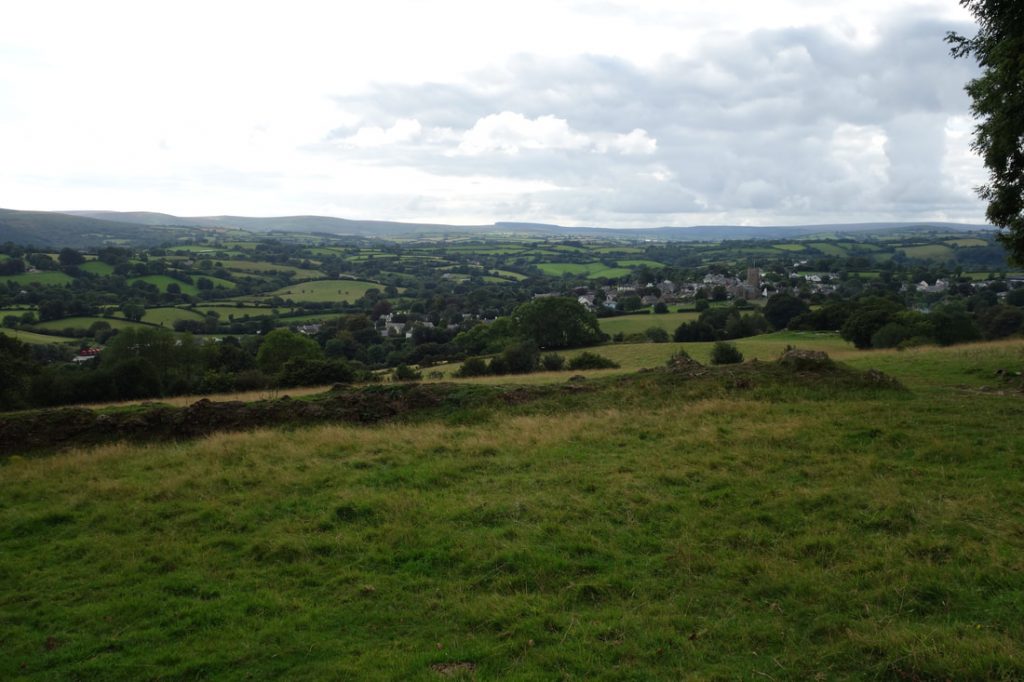
The steak and chips went down well later.

